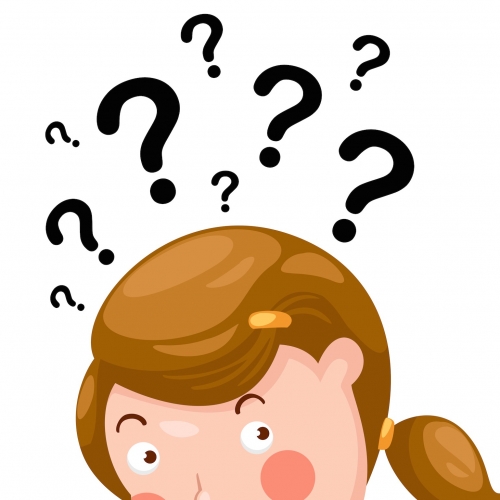So we know lots about reflections, but how do our eyes actually see the reflections and other objects?

Your eyes are amazing machines that work with light to show you the world.
Look at this diagram and then read all about it below!

Here's the science behind it:
Light travels: Everything you see gives off tiny packets of light, invisible to you. These packets travel super fast in all directions.
Eye opening: The light bumps into the front of your eye, which is like a clear dome called the cornea. The cornea lets most of the light pass through.
Controlling the light: In the middle of your coloured part of the eye (iris), there's a dark opening called the pupil. It acts like a doorway that gets bigger in dim light to let more light in, and smaller in bright light to let less in.
Focusing the light: Behind the pupil is a clear, curved lens that bends the light coming through, just like a magnifying glass focusing sunlight to burn a hole in paper. The lens focuses the light rays onto the back of your eye.
Light catcher cells: The back of your eye, called the retina, is covered in millions of special cells. These cells are like tiny light catchers. When light hits them, it triggers a reaction that turns the light into a signal your brain can understand.
Brain power: These signals travel through a nerve called the optic nerve to your brain. Your brain is like a super computer that takes these signals and turns them into the pictures you see!
So, the next time you look at something, all those tiny light packets are bouncing around, your eye catches them, and your brain makes them into a picture! Pretty cool, right?
In this activity, we are going to be practising everything we've learnt today about how our eyes see things!









